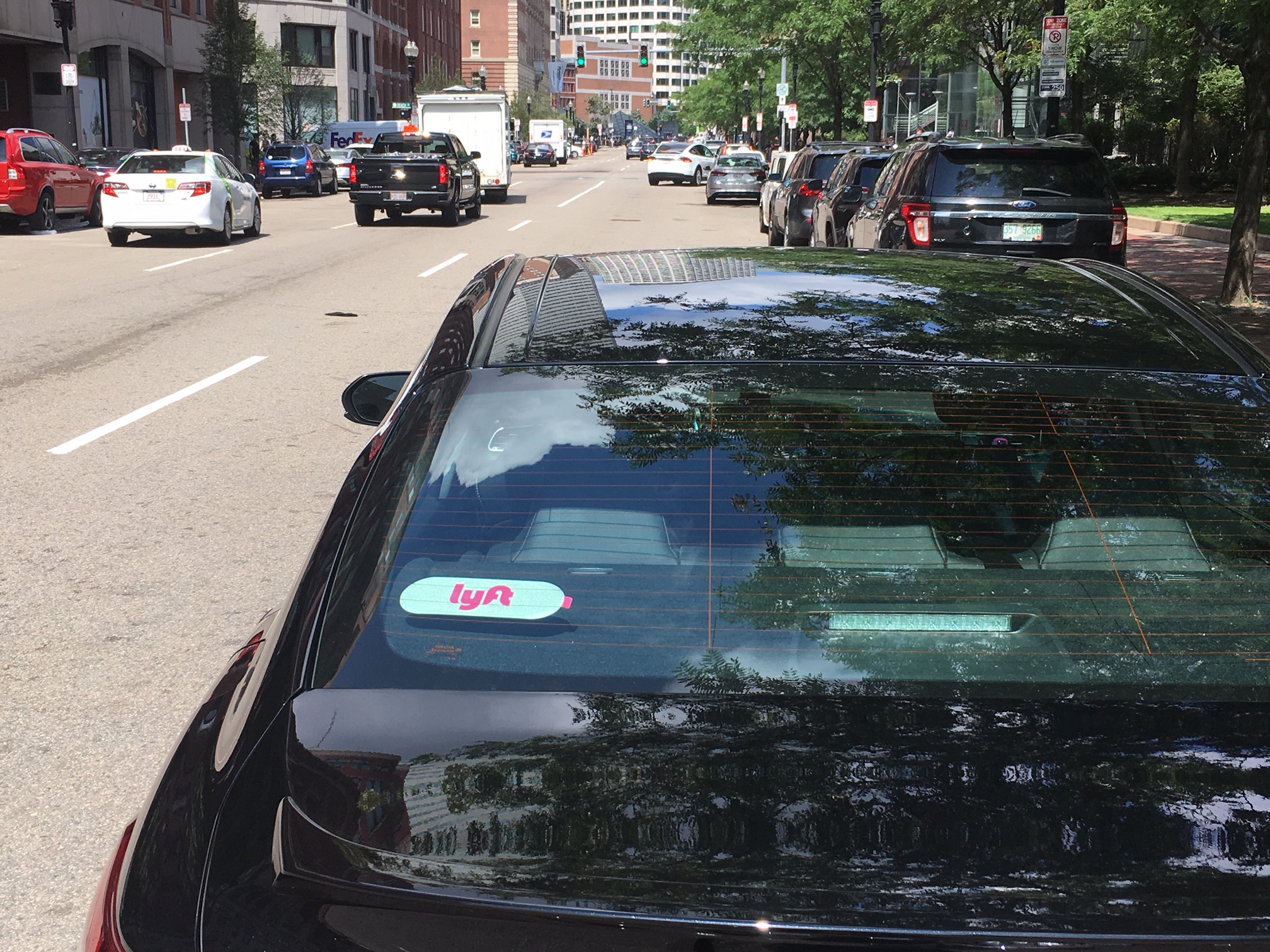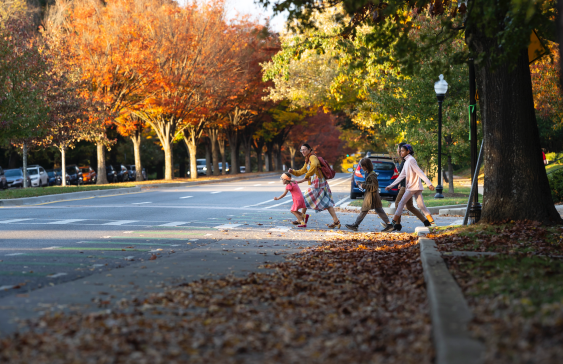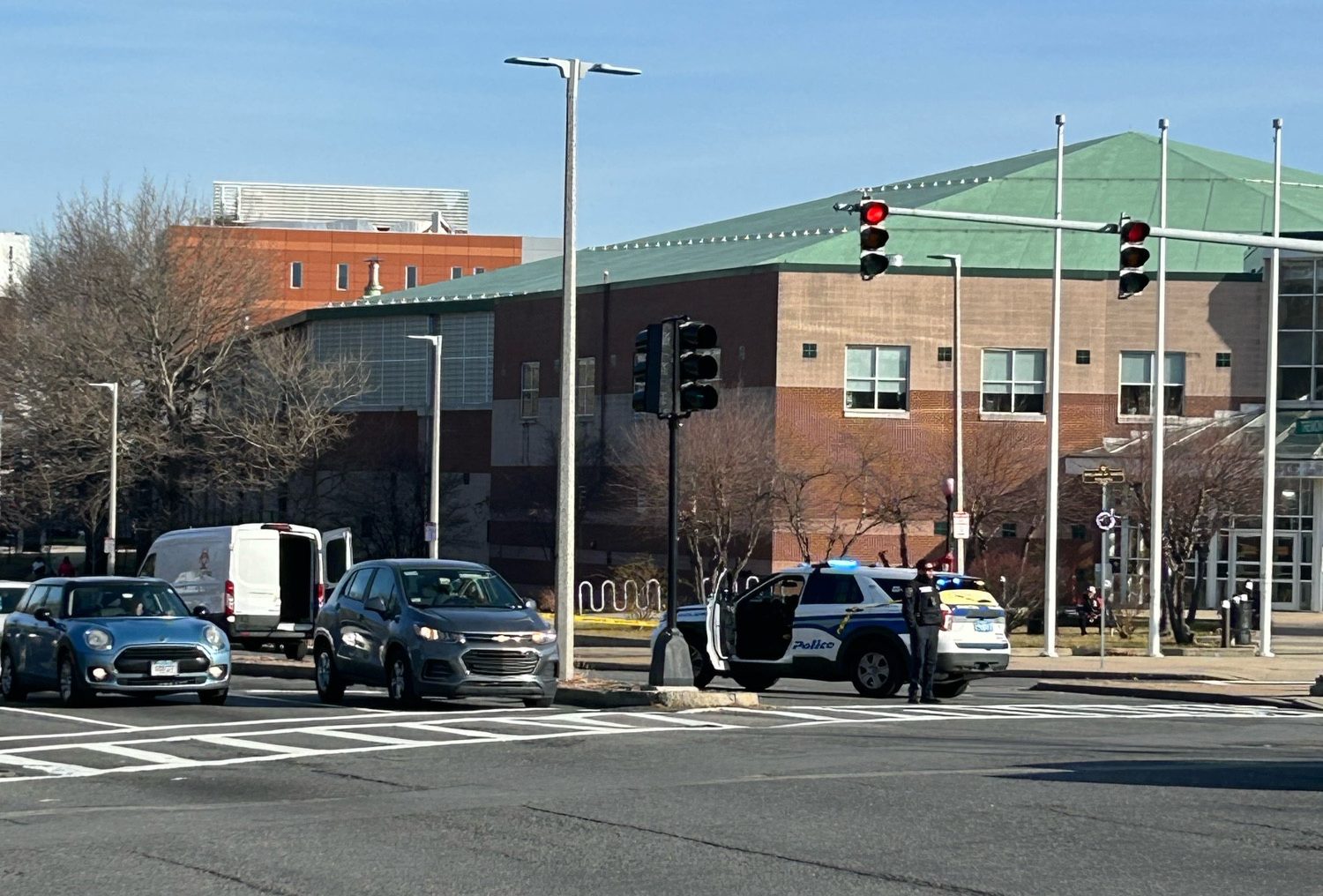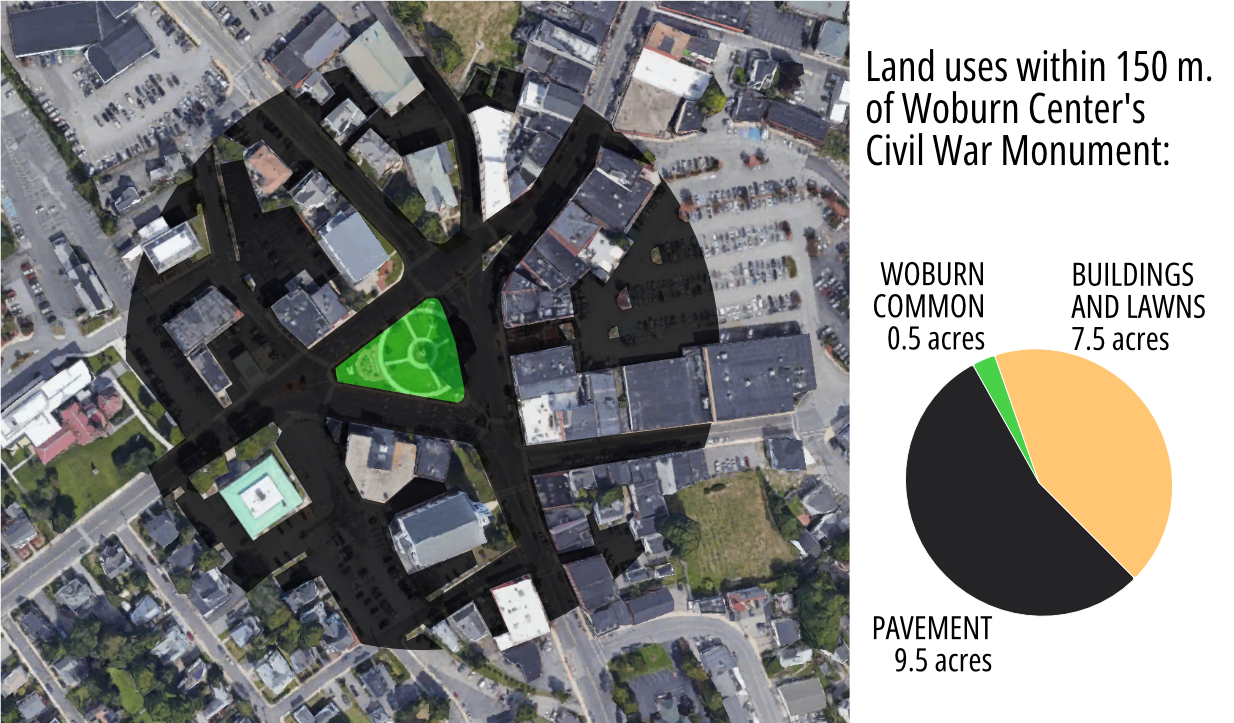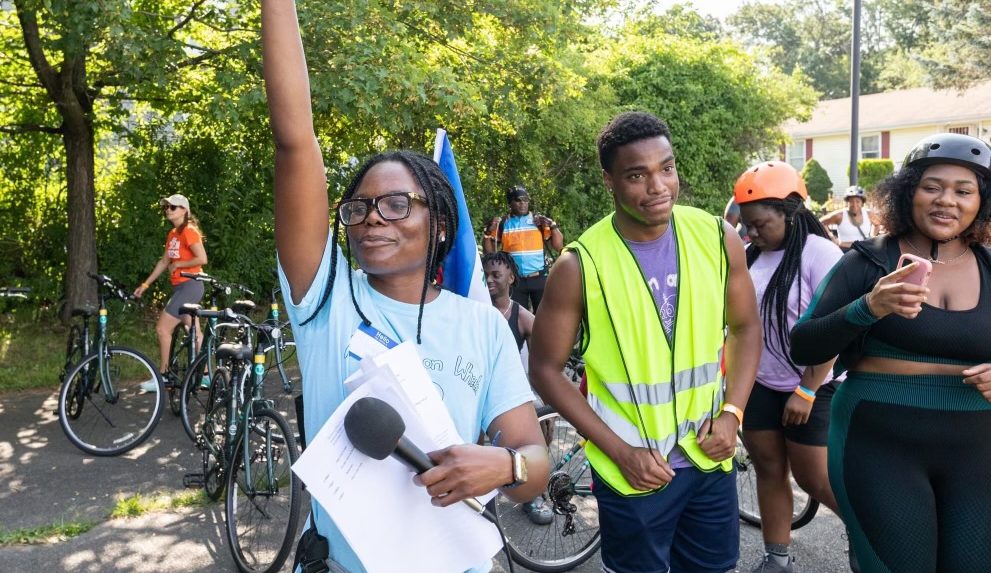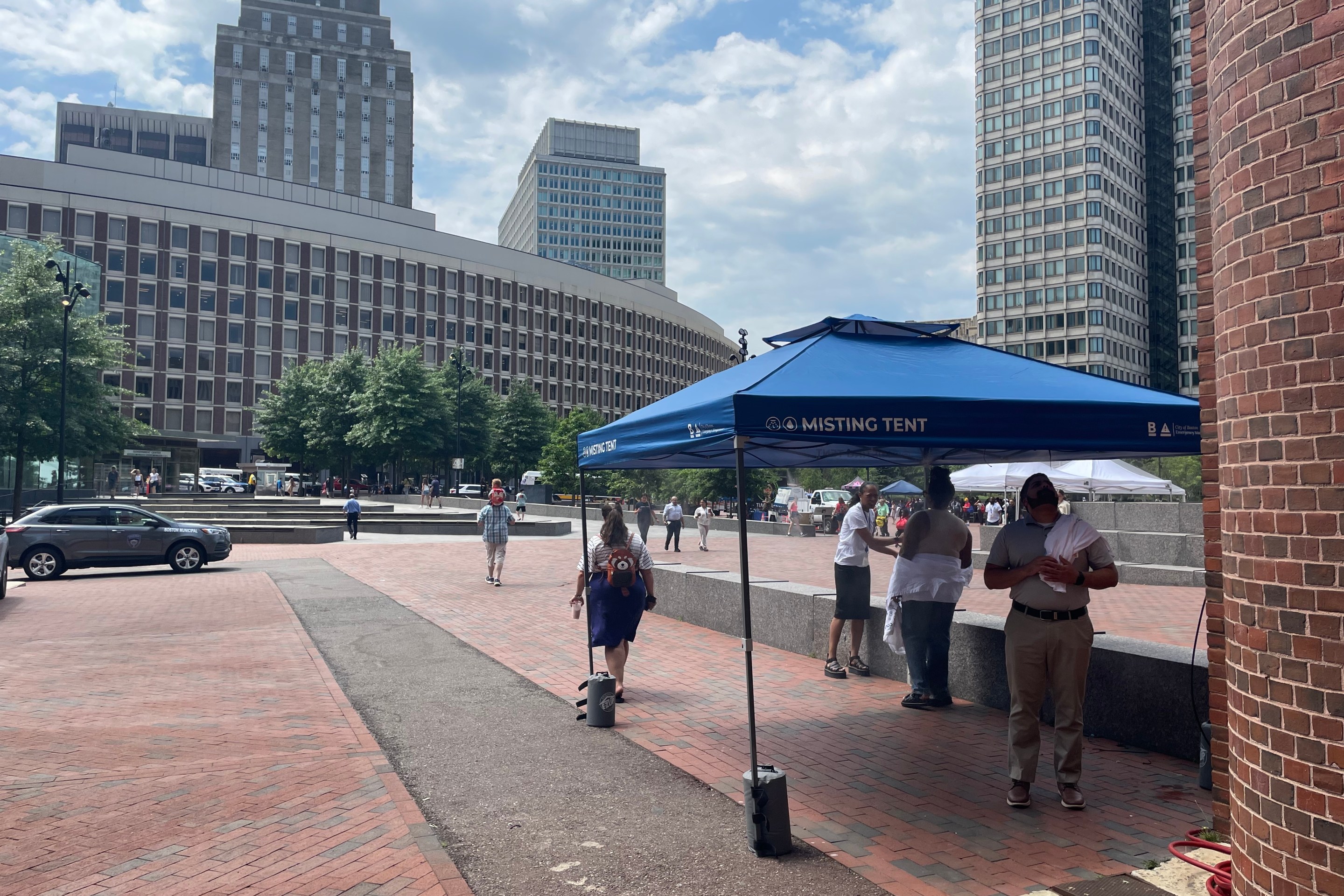Uber and Lyft drivers were involved in 1,098 crashes in the city of Boston last year – roughly a quarter of all motor vehicle collisions in the city – according to data from a state agency that regulates the app-based ridesharing companies.
This year, for the first time, the Massachusetts Department of Public Utilities, which publishes an annual data report on Uber and Lyft activities across the state, included a new column in its reporting spreadsheet to record the number of crashes that these companies' drivers were involved in in each city and town.
The 2021 report indicates that Uber and Lyft drivers were involved in 2,267 crashes across Massachusetts last year. Nearly half of those crashes – 1,098 – occurred in the City of Boston.
That's roughly in line with the proportion of the companies' business that takes place in Boston versus the rest of the state (46 percent of all Uber or Lyft trips in Massachusetts originated inside the City of Boston last year).
But these data also imply that Uber and Lyft's drivers are much, much more likely to be involved in a crash in the City of Boston than anywhere else in Massachusetts.
The MassDOT crash database records 124,577 crashes that happened across Massachusetts in 2021. So for the state as a whole, crashes involving an Uber or Lyft driver accounted for about 2 percent of the state's total number of crashes last year.
The MassDOT database also contains records of 3,879 crashes inside the City of Boston in 2021 (the Boston Vision Zero database, based on slightly different data from 911 calls, records 3,911 crashes).
That means that Uber and Lyft drivers were involved in one out of every four recorded crashes in the City of Boston last year.
StreetsblogMASS asked the state Dept. of Public Utilities (DPU) whether they found this volume of crashes alarming, and whether Uber and Lyft needed additional oversight to protect the public from reckless and crash-prone drivers.
In a statement, a DPU press official acknowledged that the agency is responsible for overseeing safety on Uber and Lyft, but did not offer any specifics about how they might reduce the sobering numbers of crashes that involve the two companies.
DPU "regulates driver safety through ongoing reviews of driver criminal background checks, driving records, and vehicle inspection, insurance, and registration information," wrote the spokesperson in an email to StreetsblogMASS. "The agency’s Transportation Network Company (TNC) Division regularly reviews ride reports and suspends unsuitable drivers... While TNCs maintain internal standards for safe driving, the division is continuously assessing and evaluating ways to protect public safety."
On its data reporting webpage, the DPU refers to the crashes as "accidents" – language that implies that nobody is really responsible for these thousands of violent incidents.
The DPU is also responsible for safety oversight of the MBTA’s rail operations, and the agency has come under fire from lawmakers and from the Federal Transit Administration for its failure to take action in response to a pattern of recent safety incidents at the T.
We also asked officials at the City of Boston, which has adopted a "vision zero" goal to eliminate fatal and serious traffic crashes, for their response to these numbers.
In an emailed statement, a Boston Transportation Department (BTD) official wrote that "the City of Boston prioritizes safer streets for all. This starts with redesigning streets to reduce risk and discourage unsafe driver behavior. While most of our street design changes are designed to have broad safety benefits, strong curb management is especially important for safe operation of TNCs (i.e., Uber and Lyft) and other gig-economy companies operating on our streets."
The BTD official cited ongoing efforts at City Hall to create more short-term pick-up and drop-off areas to discourage double parking.
But they also emphasized that the ride-hailing companies need to take more responsibility to require safer behaviors among their drivers.
"Regardless of infrastructure, it is the responsibility of (Uber and Lyft) and delivery companies to provide oversight of their drivers and incentive structures that discourage unsafe behavior to ensure that our streets are safer for all, especially those vulnerable road users on foot and on bike," wrote the BTD spokesperson.
